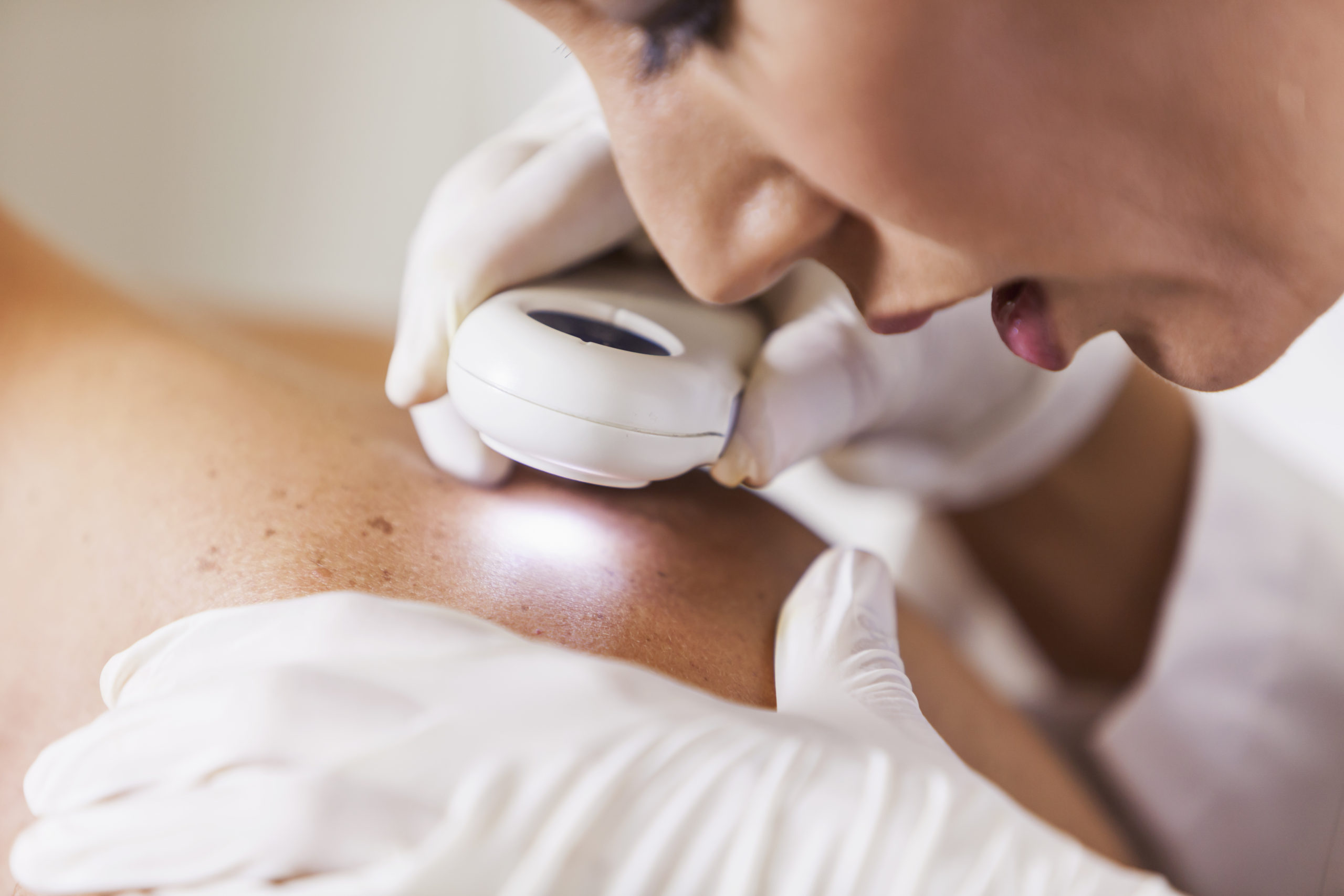Adam Lueken

With skin cancer still being a major issue in our country, dermatology continues to add more and more surgical specialists. And with many skin cancers occurring in the head and neck area, there’s a high demand for dermatologists with an interest in cutaneous surgery. Enter Mohs micrographic surgery. Developed by Dr. Frederick Mohs in the 1930s, Mohs surgery is widely considered to be the most effective way of treating skin cancer, offering the highest cure rate available (99%) and the smallest surgical would possible. Mohs surgery is an intricate and unique specialty, and although challenging, it’s highly rewarding and offers a lot in regards to overall doctor and patient satisfaction. If you aren’t already, should you get Mohs surgery certified?
What Does Mohs Surgery Involve?
During Mohs surgery, most patients remain awake and alert, so it can be performed safely in a medical office or surgical suite. After being prepped for surgery, the patient is given local anesthesia. This numbs the area, but they’re still awake.
Once the anesthesia has taken effect, the surgeon begins by cutting out the visible skin cancer. Then they remove a thin layer of surrounding skin. The patient is bandaged and the surgeon examines the removed skin under a microscope to look for cancerous cells. If found, the surgeon will remove another layer of skin. This process is repeated until no cancerous cells are found. Once the cancer has been eliminated, the patient’s wound is treated. It may or may not require stitches or another type of wound treatment depending on the situation.
Mohs Surgery Advantages
- Mohs has a very high cure rate, so your patients will have a very slim chance of their cancer growing back. Other surgical approaches like electrosurgery, cryosurgery and laser surgery, while effective, can often take a lot more guesswork.
- The procedure will also help your patients keep as much healthy skin as possible since only skin with cancerous cells is removed. This is especially important if skin cancer develops in an area without a lot of tissue underneath, like an eyelid, ear or hand.
- When performing Mohs surgery, you’ll be able to see where the cancer stops, which isn’t possible with other types of skin cancer treatment.
- The procedure can be conveniently done in one procedure, without multiple follow-up surgeries (in most cases). This is more convenient for your patients and cost-effective for them, and helps keep your schedule clearer to help other patients.
- It has a high satisfaction rate with patients, and for doctors, offers a rewarding chance to quickly eliminate a patient’s skin cancer, which can be lifesaving in many cases.
Becoming a Mohs Surgeon
Once a dermatology residency is completed, you can apply to participate in a Mohs fellowship training program. Qualified applicants are competitively reviewed and selected for the one to two-year fellowship. During the program, you gain the knowledge and training to successfully perform the Mohs procedure. This includes graded responsibility, operative and non-operative education, and exposure to long-term results and complications. The program is accredited by the American College of Mohs Surgery and the Accreditation Council for Graduate Medical Education.
If you’re considering whether you should get Mohs surgery certified and want to learn more, visit the American College of Mohs Surgery’s website here.
Need additional support with continuing education? We’re always a phone call or click away. Schedule a consultation with one of our practice management experts today!